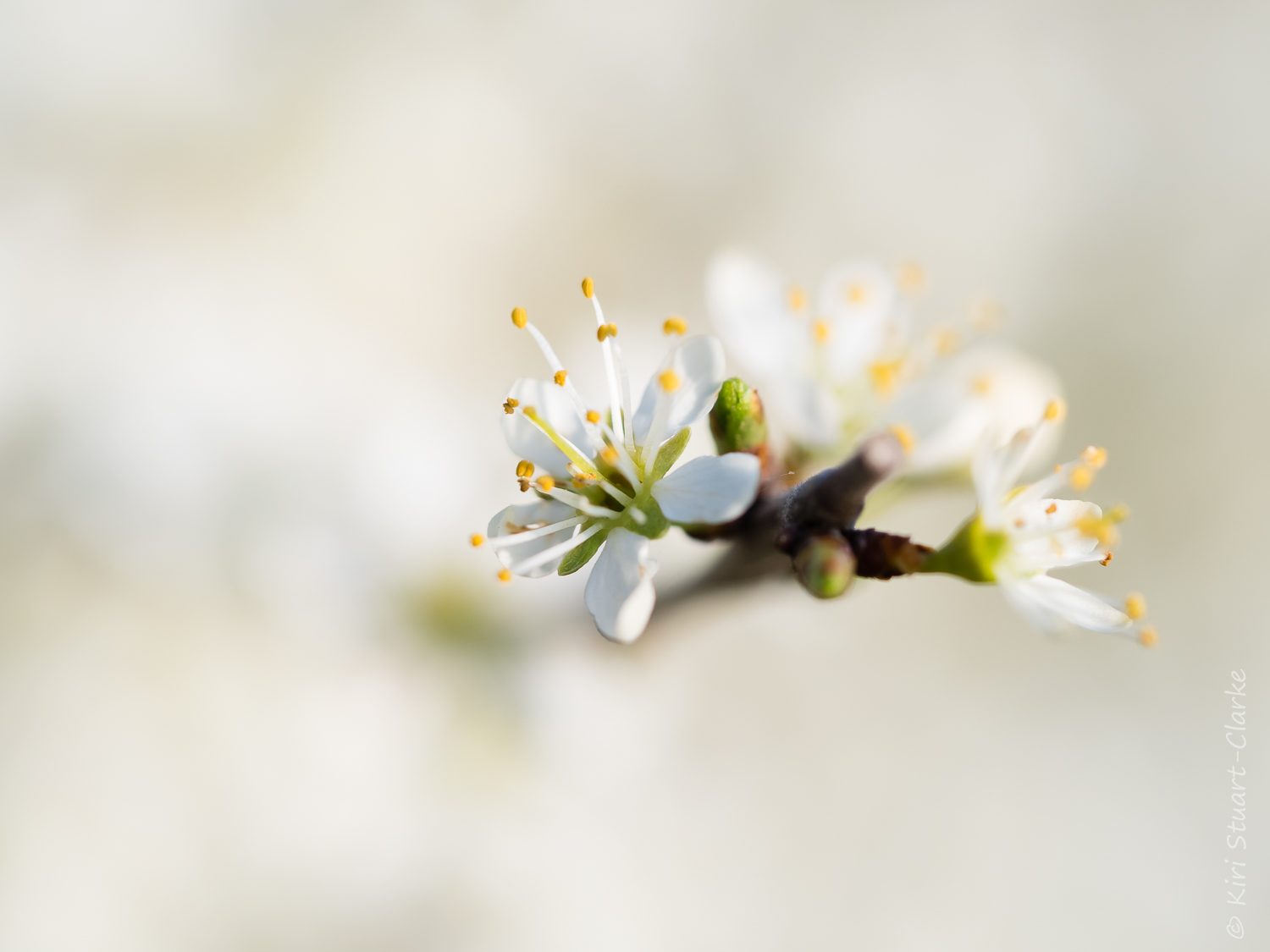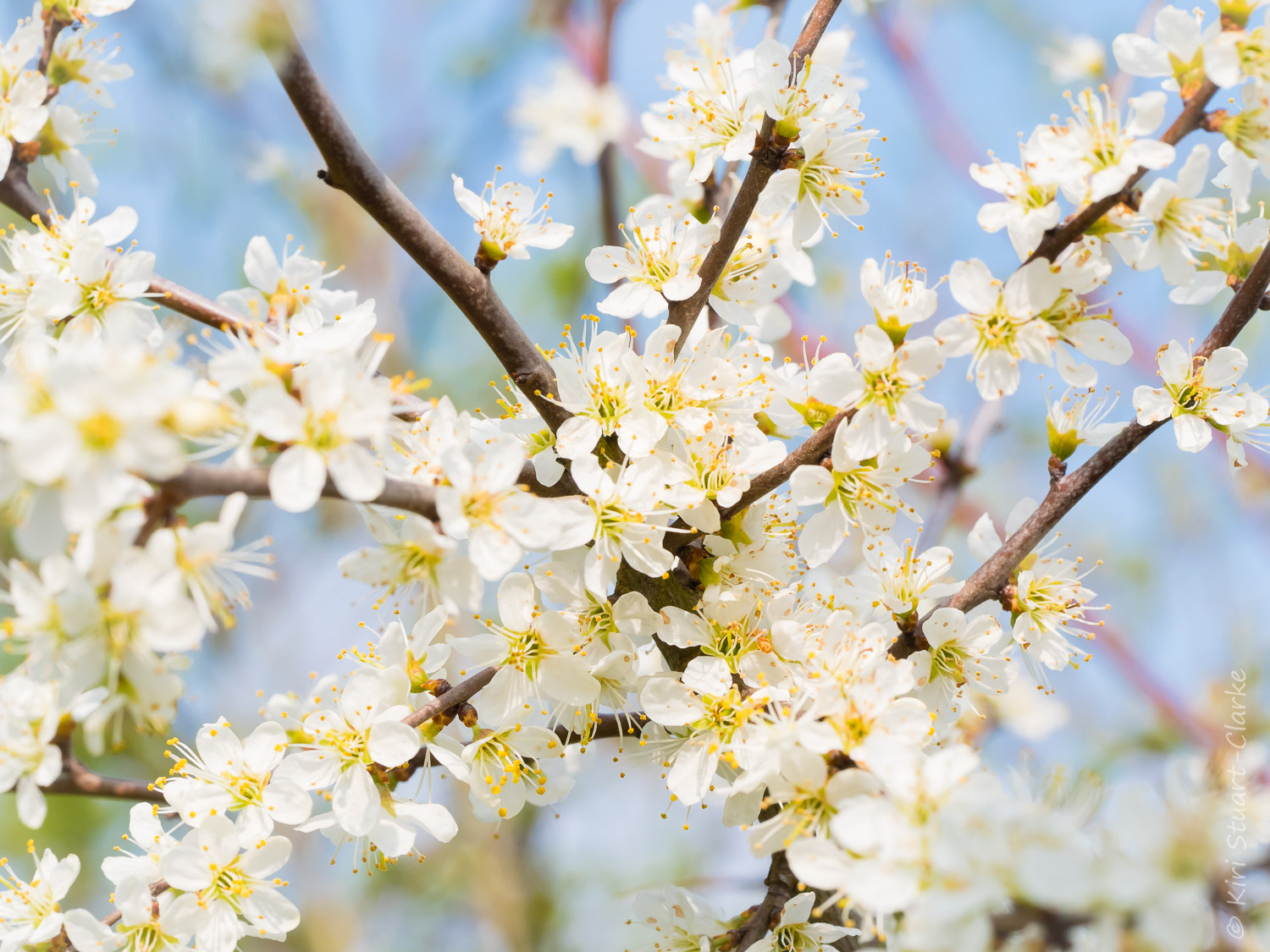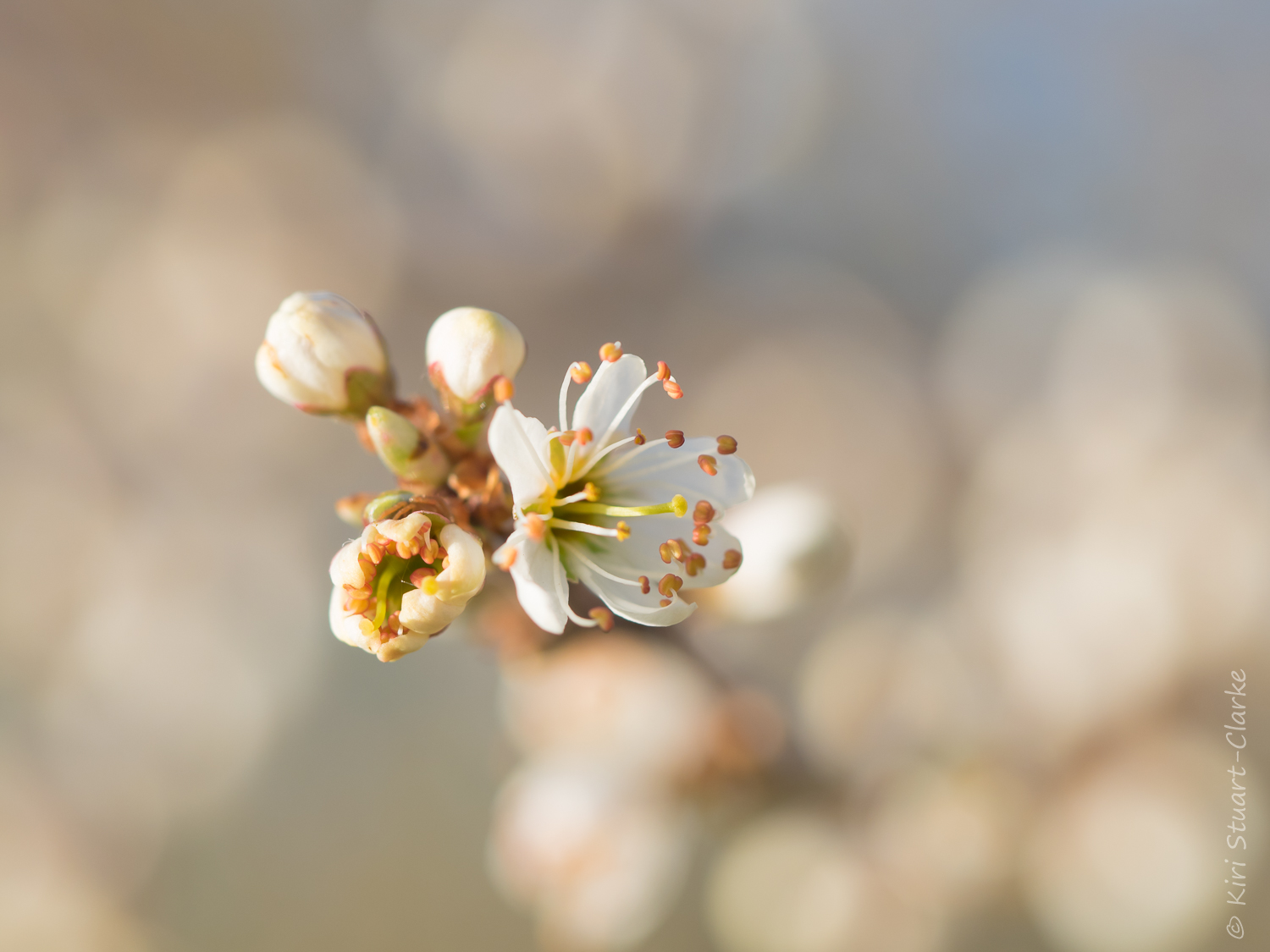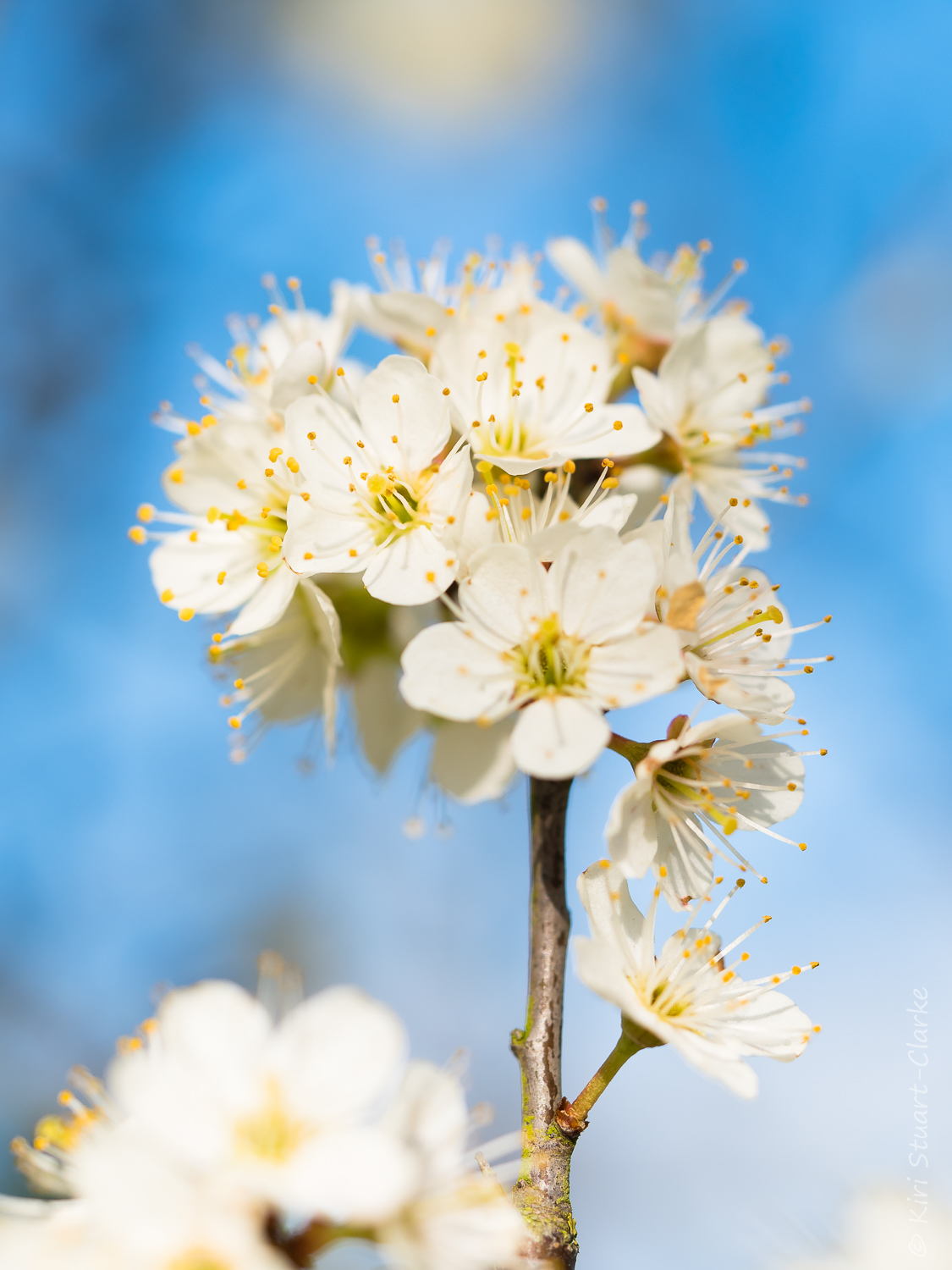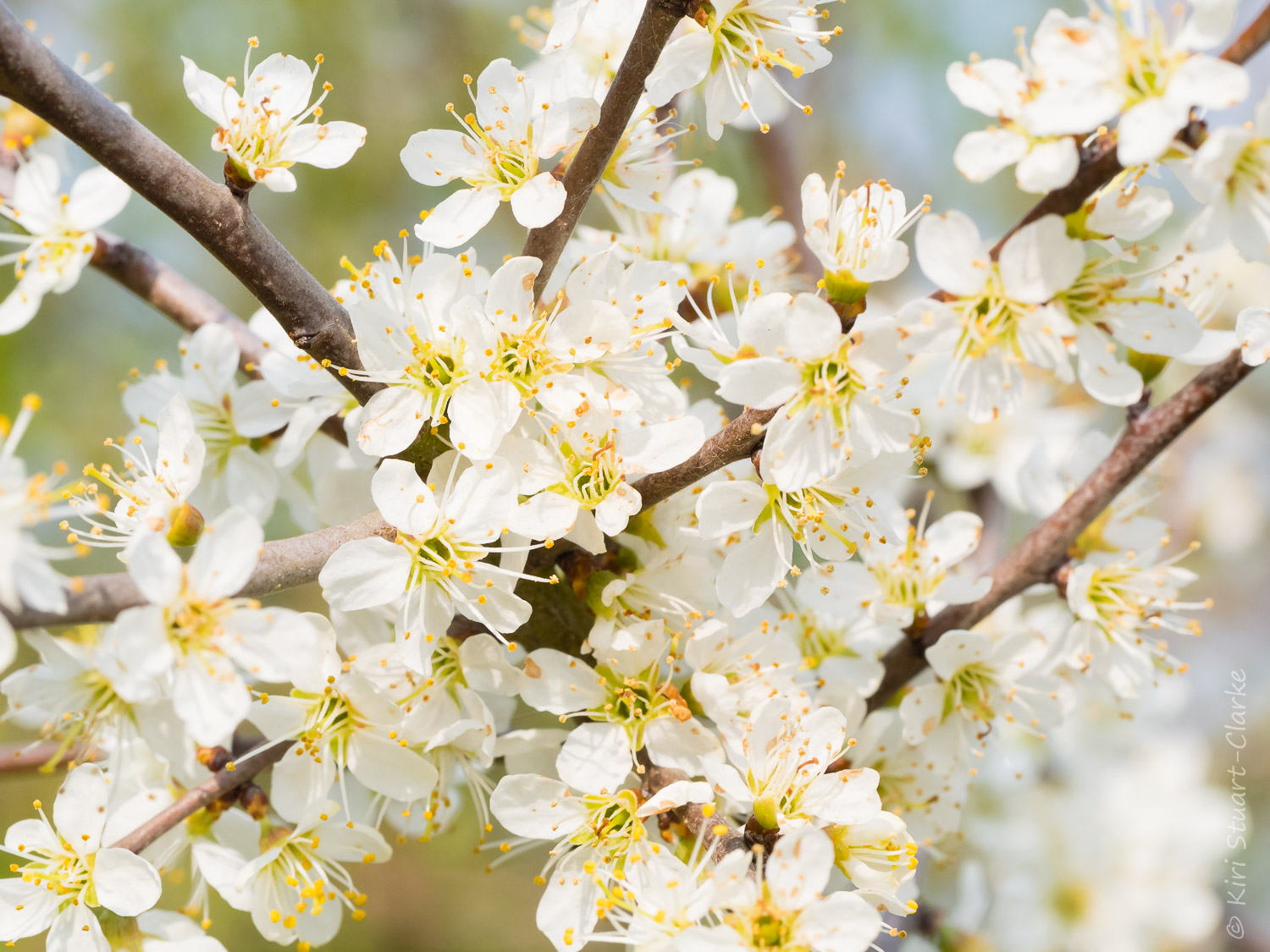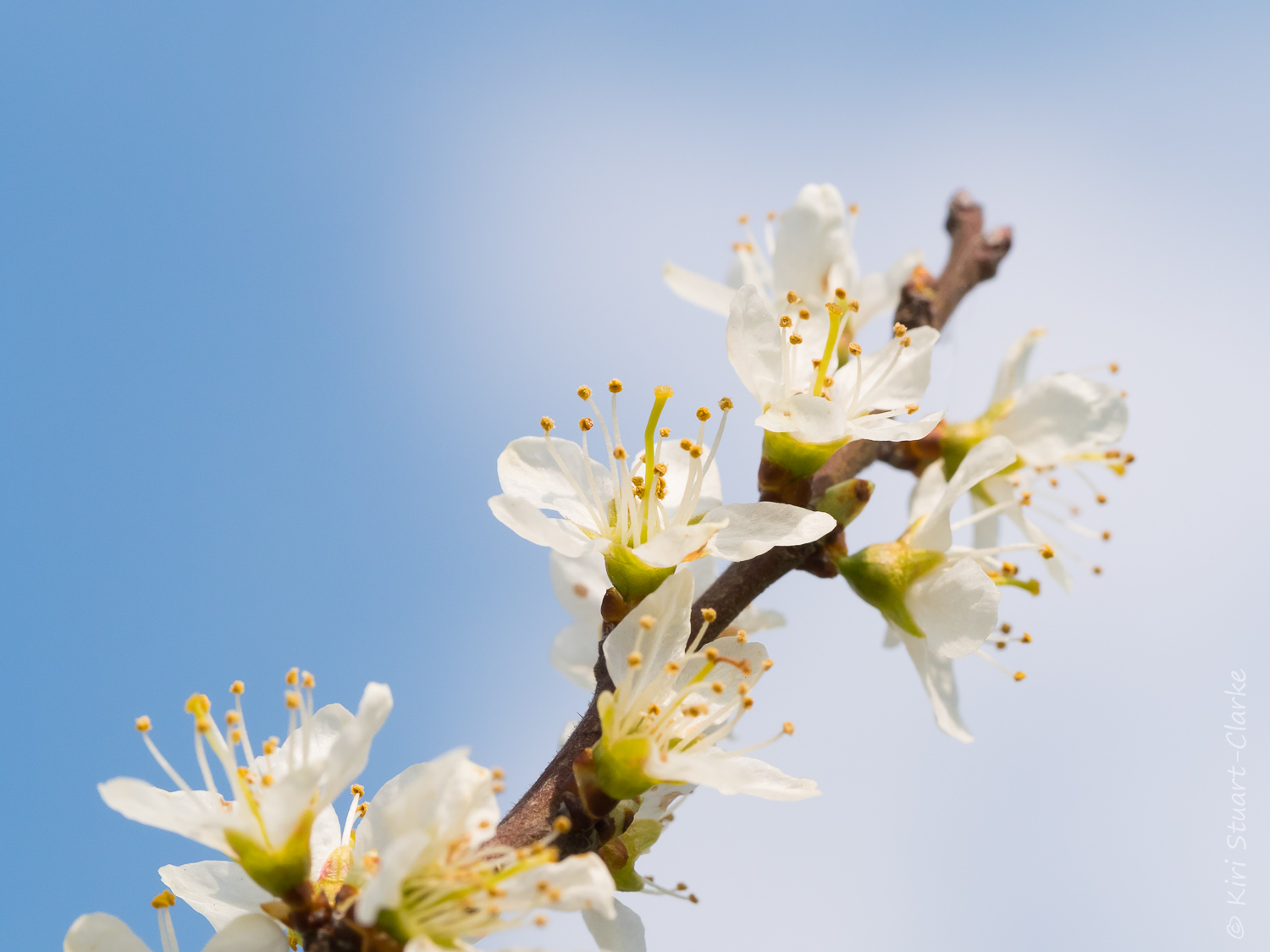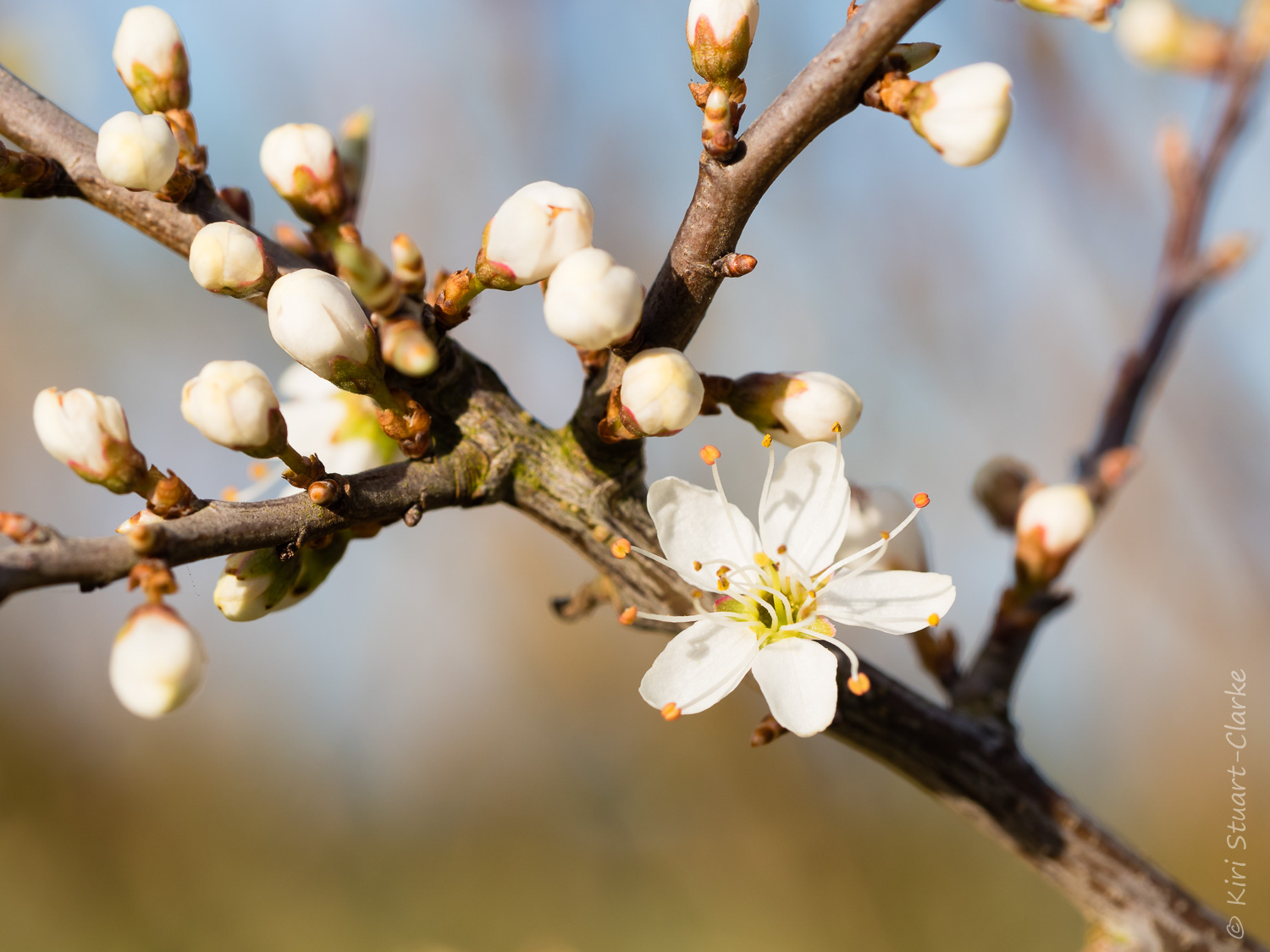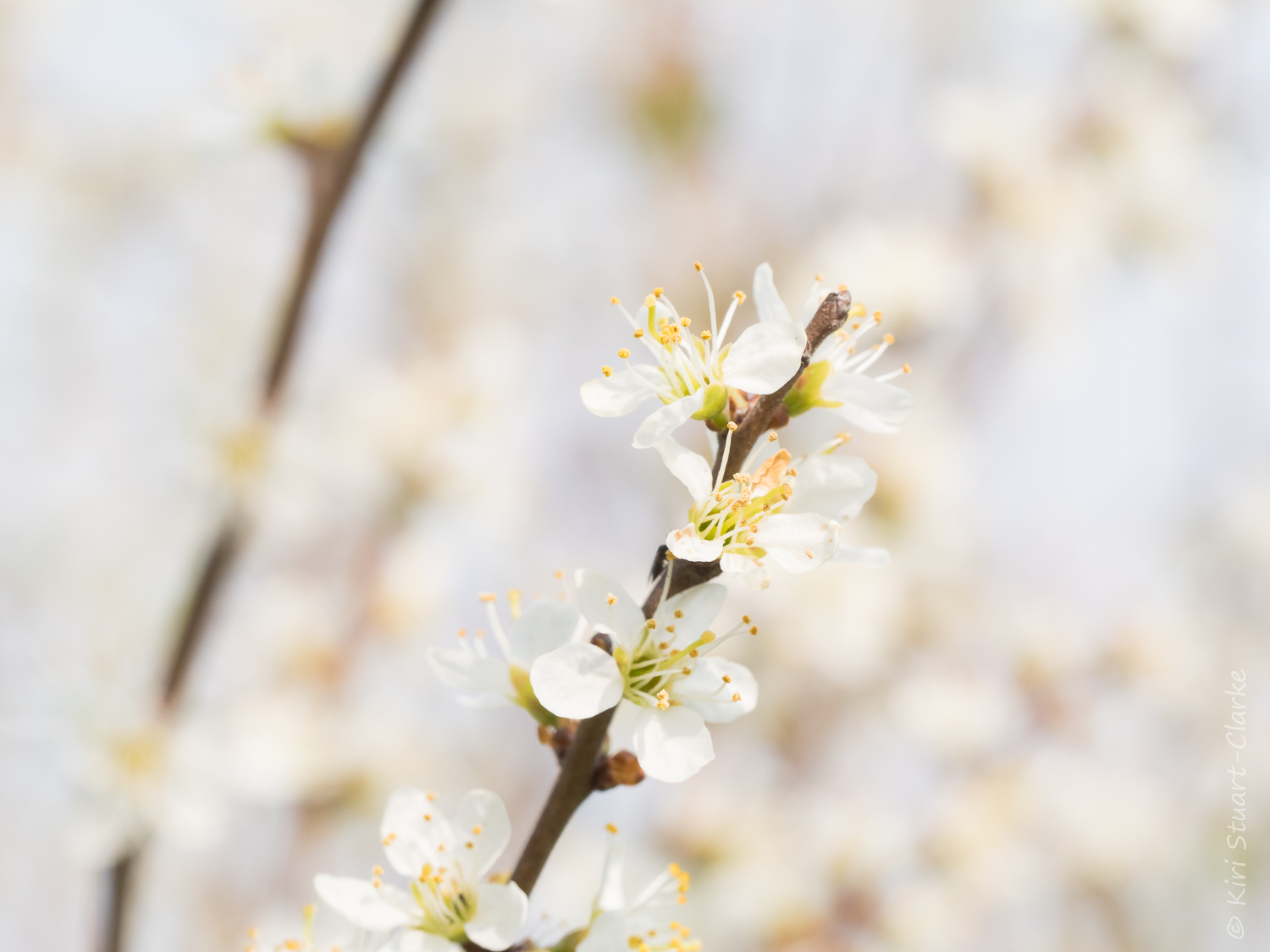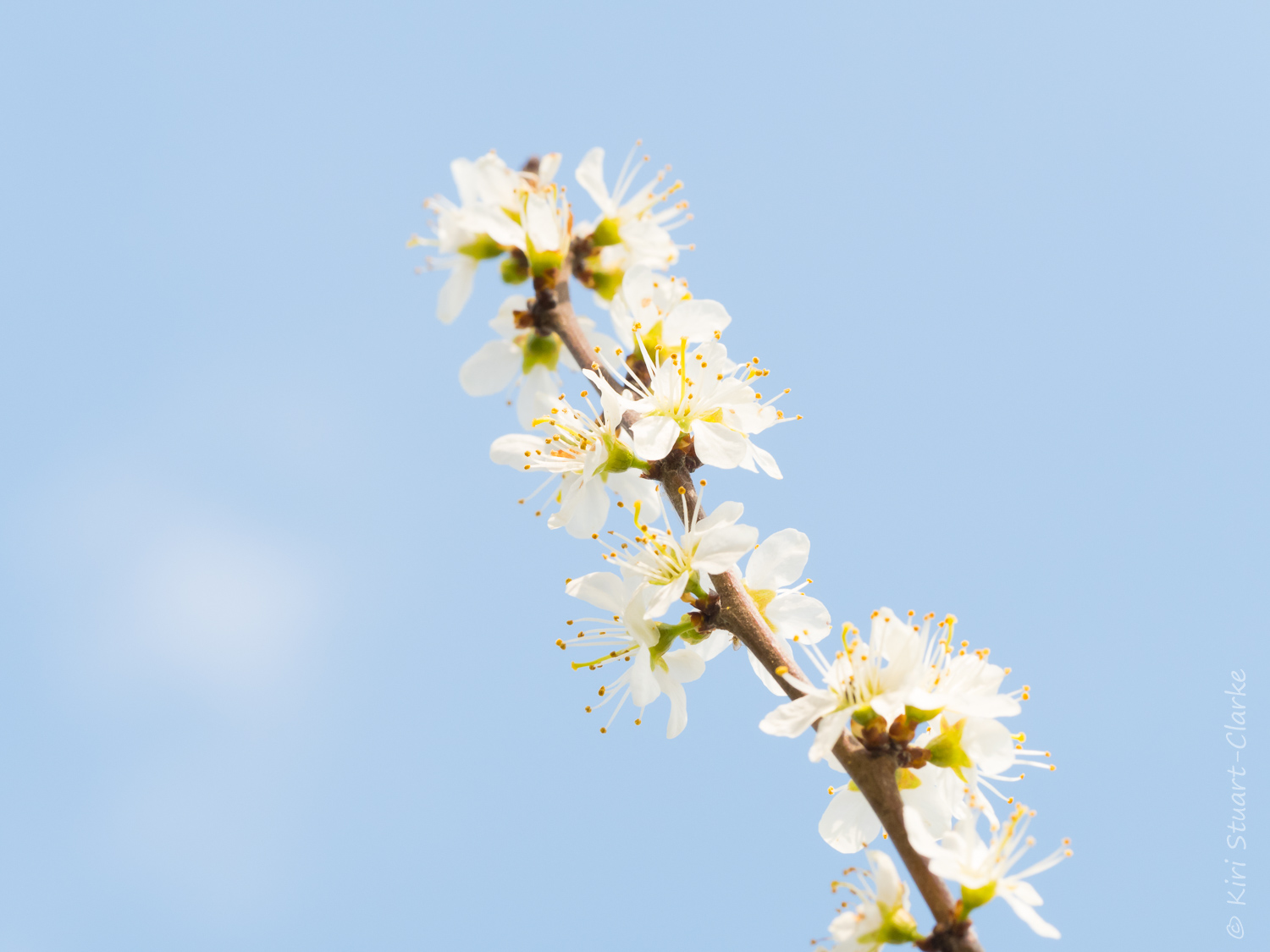Small Copper butterfly nectaring atop a Purple Loosestrife flower
One of the most spectacular, for me almost magical, wildlife gardening plants I’ve discovered in my project to create a wildlife-friendly garden is Purple Loosestrife.
Purple Loosestrife grows in a dense cluser on pond and river edges. Its foliage and flowers support a variety of long-tongued pollinators
These butterfly photos, probably my last of 2019, a quickly grabbed series of a Small Copper butterfly, Lycaena phlaeas, frantically nectaring on swaying Purple Loosestrife flowers by my wildlife pond on a sunny but very blustery mid-September’s day, illustrate perfectly why it is such a wonderful wildlife-friendly plant to grow.
Gardening Value
Purple Loosestrife, or Lythrum salicaria to give it its botanical name, is a native perennial, widespread across the UK. In the wild it inhabits a range of damp habitats including river edges, marshes and pond margins. The wildflower works well in gardens because its height and colour have a strong impact, making it visually impressive in the way that relatively few other native wildlfowers are.
Its almost exotic-looking flowers are formed of tall rosettes of rich magenta-pink petals and it enjoys a long flowering period from June until well into September. Salicaria refers to the willow-like, elongated oval shape of its leaves and its red-hued stems can be striking in their own right, adding height and structure to a pond margin. Purple Loosestrife is easy to grow, being a vigourous plant which can grow up to a metre and a half tall, often in quite dense colonies and tolerates a wide variety of soil types. It establishes easily, so much so that in North America it has become designated an invasive species, and has a reputation and status similar to that of Himmalayan Balsam here.
Elephant Hawkmoths use Purple Loosestrife as a caterpillar host plant and have magenta markings
Wildlife value
Purple Loosestrife is a particularly useful nectar source for a variety of long-tongued insects; not just butterflies and bees, but also hoverflies and moths, including several hawk moth species. Its prolonged midsummer-into-autumn flowering period means Purple Loosestrife can serve pollinators as a nectar source both through the “June Gap” as well as supporting later emerging and second brood insects, such as Small Copper butterflies well into early autumn when many other nectar sources such as meadow flowers have vanished with the haycut and harvest.
Being a UK native wildflower, it is also favoured as a caterpillar host plant by several moth species including the Elephant Hawk-moth, Willowherb Hawkmoth and the Powdered Quaker.
Plant folklore
Its main common name suggests one of its many herbal uses may have been to “loose strife” and historically it was also used medicinally to help gastric upsets, fevers and dysentry. Lythrum comes from the Greek word for “gore”, again referencing its vivid flower hue. Alternative names for Purple Loosestrife include “Blooming Sally, Bouquet Violet, Grass Polly, Purple Willowherb, Purple Lythrum, Salicaire (its French name), Red Sally, Soldiers, Spiked Willowstrife, Stray by the Lough (Ireland) Swaggering Sally”. A red dye and food colouring used to be made from its vividly coloured flowers and its tannins have been used to preserve ropes or wood from rotting in water.
Small Copper butterfly in profile seeking nectar rich Purple Loosestrife flowers
Small Copper butterfly amidst swaying Purple Loosestrife flower spikes
Small Copper using its long proboscis to nectar on Purple Loosestrife



